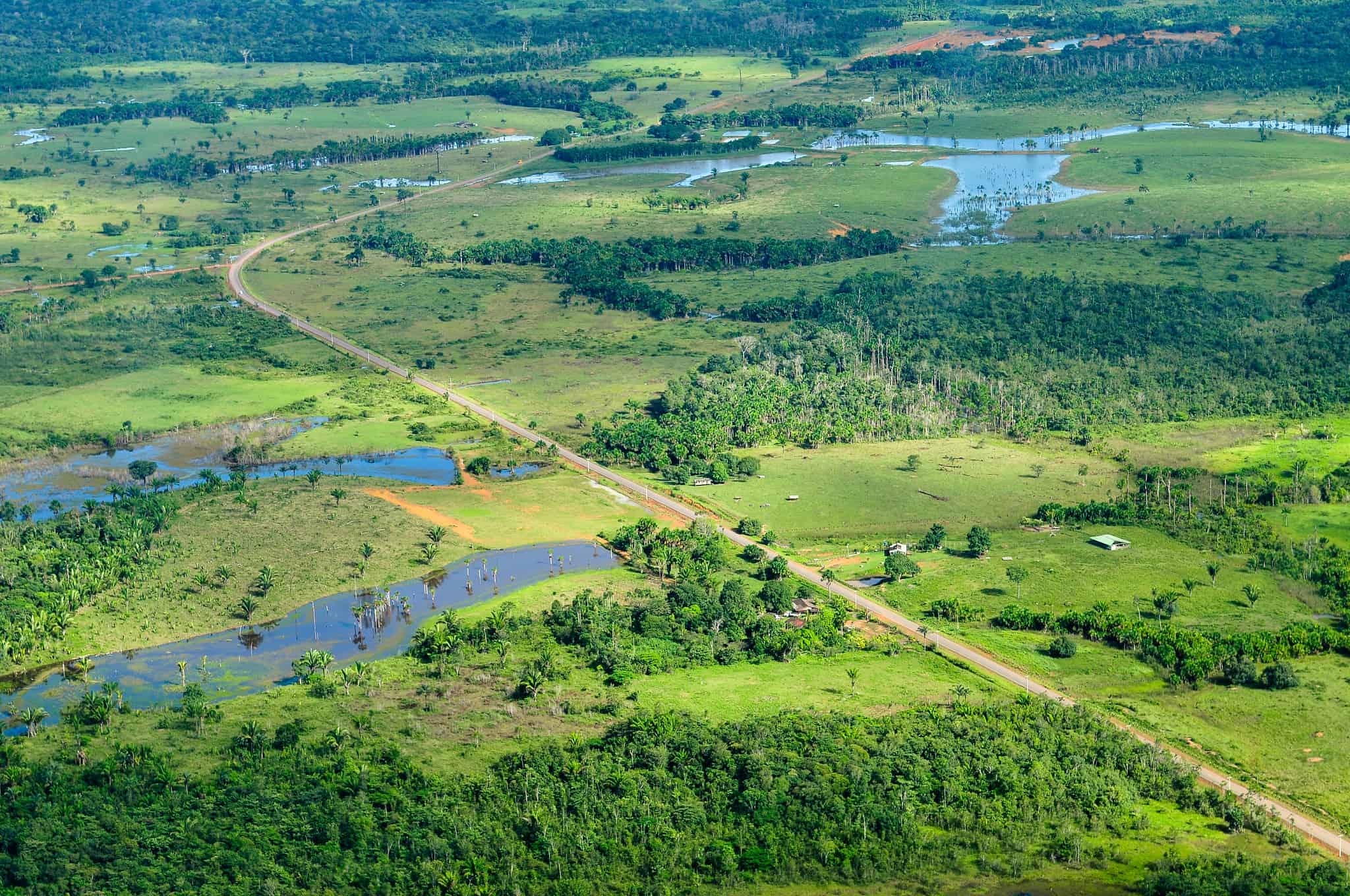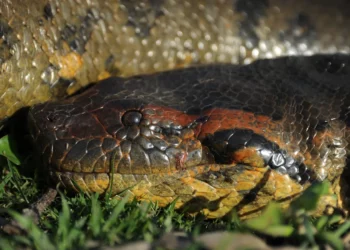Deforestation in Brazil’s Amazon has decreased by one-third during the first half of the year, according to new satellite data. The rainforest reportedly lost an area of 2,650 square kilometers from January to June. Obviously, this is not ideal — but it’s a significant drop compared to the 4,000 square kilometers recorded during the same period last year.

Luiz Inacio Lula da Silva started his term as Brazil’s new President in January 1st and vowed to end deforestation by 2030. His predecessor Jair Bolsonaro had an opposite position. Bolsonaro allowed illegal loggers, cattle ranchers and miners to destroy the rainforest. During his term in office from 2019 to 2022, deforestation rose 75% compared with the average over the previous decade.
Lula vowed to end that, and so far, he seems to be taking action in this direction.
The decline of 33.6% in deforestation was estimated based on satellite images provided by Brazil’s Institute of Space Research. The reduction was especially significant in June, with a 41% decline. Government representatives said in a press conference that the plunge was a direct result of Lula increasing resources for environmental protection.
“We have reached a steady downward trend in deforestation of the Amazon,” Environment Minister Marina Silva told reporters in the press conference. “The political decision is to address climate change and deforestation, aiming at zero deforestation by 2030. We are making every effort to ensure that our plan is already in full swing.”
Can we end deforestation in the Amazon?
Earlier this year, Lula decreed six new indigenous reserves, banning mining and restricting commercial farming there. Last month, the president unveiled a plan to address illegal deforestation in the Amazon. But his pro-environment movements have strong opposition.
Recently, new laws were passed by opposition lawmakers to the powers of the Environment Ministry. Although Lula is president, the Brazilian parliament features over a dozen parties and passing legislation is often challenging for the president. Oftentimes, the passed legislation goes directly against the president’s wishes.
Lula pledged to seize half of all the illegally deforested land in areas with special environmental protection and to increase the number of protected territories.
Additionally, the Brazilian President has been seeking financial support from the world’s richest countries to fund programs to safeguard the Amazon. Brazil is home to three-fifths of the rainforest, which releases large amounts of oxygen and stores carbon dioxide. Bolivia, Colombia, Ecuador, French Guiana, Peru, Surinam and Venezuela share the remainder.
While the figures for the first part of the year were positive, it remains uncertain if the trend will continue. The peak in deforestation and fires, typically occurring from July to September, lies ahead as well as the El Niño weather phenomenon, which brings less rain and higher temperature. With this in mind, the government has increased the budget for fighting forest fires.
A report by Global Forest Watch released earlier this year found that an area of tropical forest the size of Switzerland was lost in 2022 around the world as deforestation expanded. Every minute, 11 football pitches were lost every minute, with Brazil leading the destruction. The report suggested that pledges to end deforestation were largely off track.






